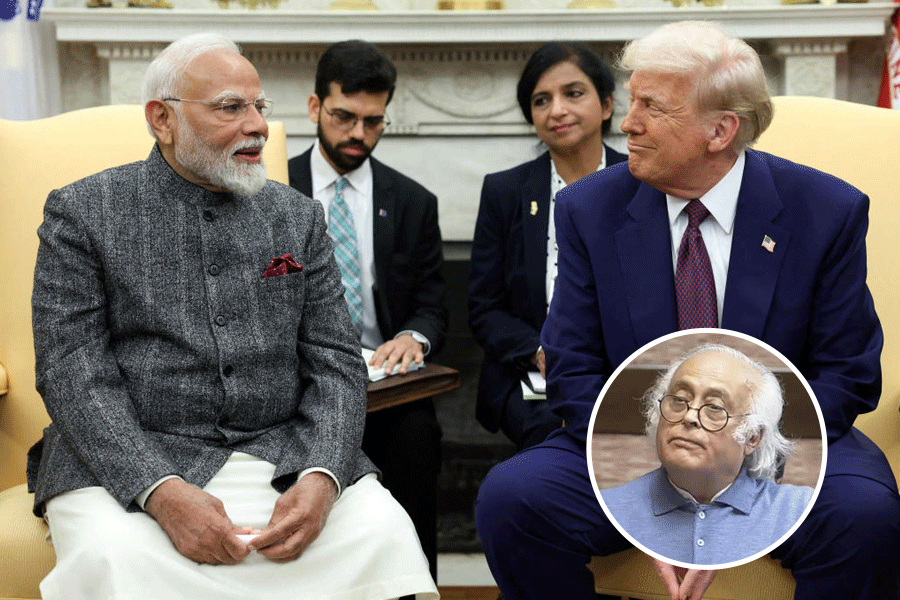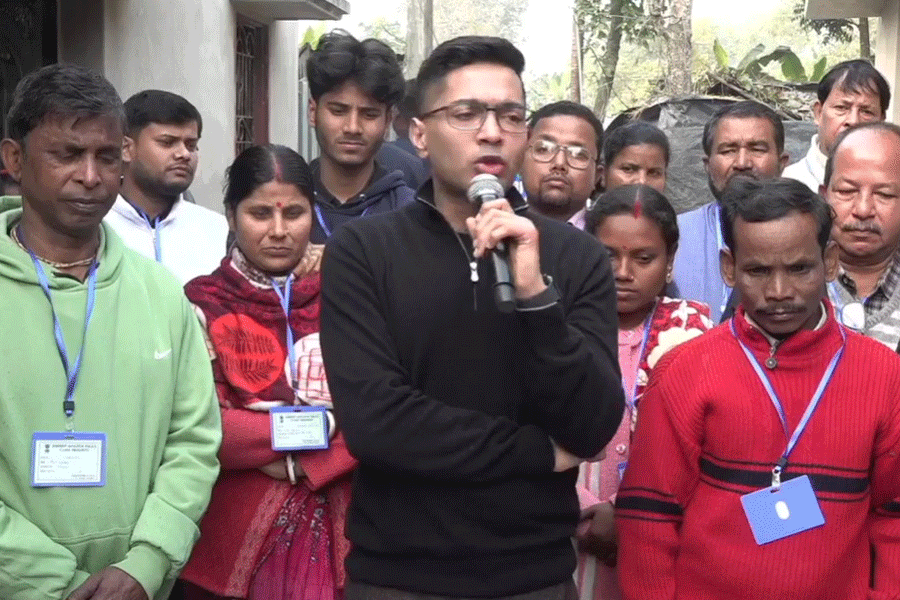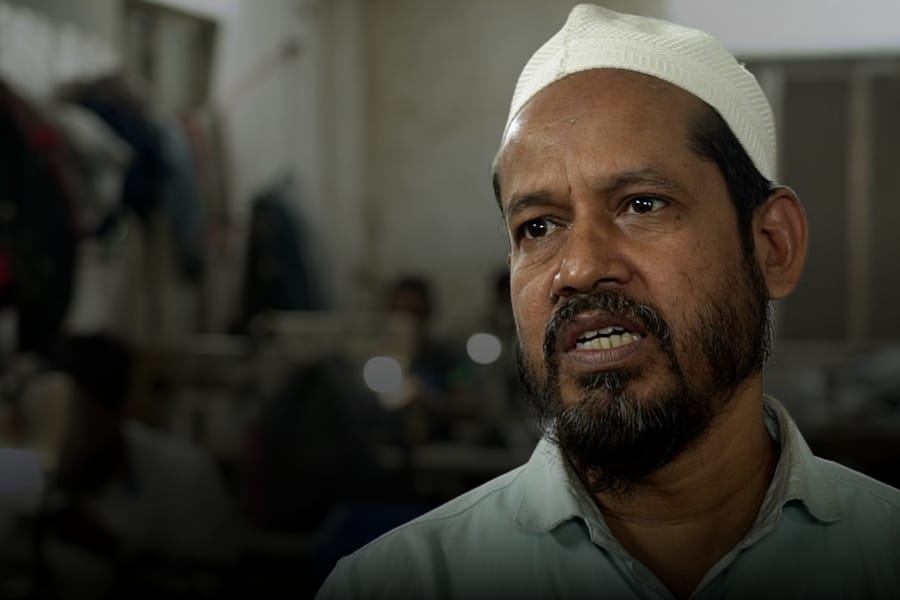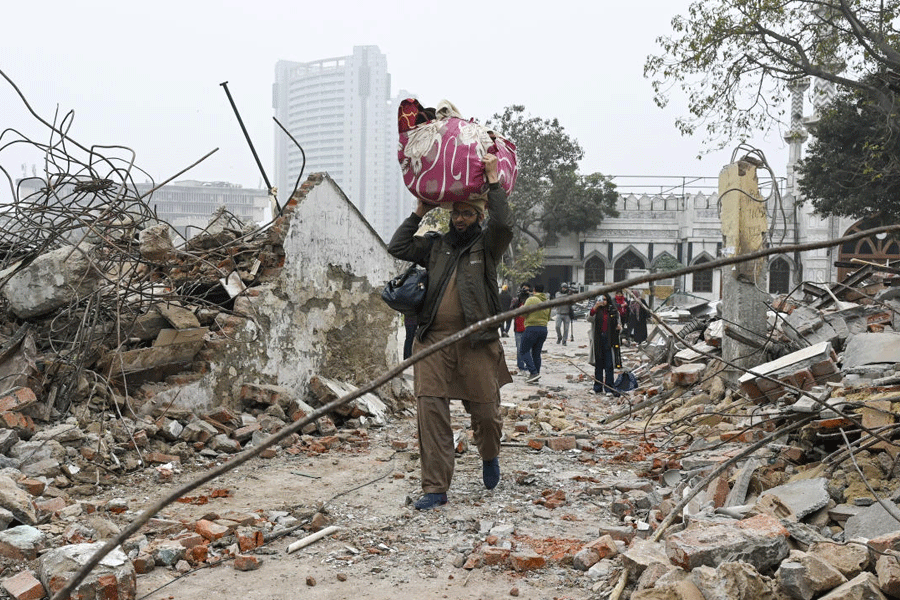
Cuddalore, May 15: Jayalalithaa's third term as Tamil Nadu chief minister can be split into two phases: before her conviction and after, when she remained largely unseen even when Chennai faced a flood crisis.
"She was in control of the government (after assuming power in May 2011). This was a productive chapter in her political career. But her conviction came as a blow," said Chennai historian A.R. Venkatachalapathy, who teaches at the Madras Institute of Development Studies.
Jayalalithaa was convicted in an assets case and jailed in Bangalore in September 2014 but continued to rule by proxy through stopgap chief minister and loyalist O. Panneerselvam (with whom she appears to have fallen out now).
She secured bail after three weeks and later assumed the hot seat again after Karnataka High Court acquitted her in May last year. Her big test came when Chennai and its neighbourhood were deluged in November-December 2015.
Former bureaucrat M.G. Devasahayam, convener of the Forum for Electoral Integrity, described how a "shaken" Jayalalithaa handled the crisis. "After returning as chief minister, she hardly went to office. When she did, it was breaking news. She did not even go to (A.P.J. Abdul) Kalam's funeral," he said.
"The apathy showed during the deluge. The administration collapsed. I mean, do you need a chief minister's order to open the sluice gates if there is a proper disaster management mechanism in place?"
He contrasted the floods with the tsunami of December 2004, when too Jayalalithaa was chief minister.
"There was more rain in Chennai then and yet there was no serious danger. She set up a good disaster control apparatus and minimised the tsunami's human fallout," the former IAS officer said.
"A decade on, everything is in a mess. Natural resources - from beach sand in the southern districts to granite in Madurai and river sand in Pallar - everything has been looted."
Flood victims in Cuddalore, 170km east of Chennai, corroborated Devasahayam.
"We lost everything. The TV was gone, the little furniture we had was ruined," said Sumathi, 21, a saleswoman at a textile showroom in the town's low-lying R.P. Nagar area.
"We lost our dresses, bed sheets, even rice, 40kg of oil and other provisions in the kitchen. There was no help from the government. An NGO gave us biscuits and bread."
Elangovan, whose small trinket shop was ravaged, said the Rs 5,000 compensation Jayalalithaa had vowed never reached him or his neighbours.
"I borrowed money to repair my house and shop. We went repeatedly to the offices and homes of the local MLA and MP, both from the ruling party... but they were inaccessible," he said.
Janakaraman, a real estate agent, said: "Cuddalore is voting with a vengeance for the DMK because Stalin anna (brother) has promised to deliver the Rs 5,000 if he comes to power."
Even in Chennai, it was the NGOs and religious organisations that rescued marooned people in boats and fed and sheltered them during the first three days.
Jayalalithaa never showed up, let alone reach the victims. "She was inaccessible, period," said Devasahayam.
Indeed, Jayalalithaa has been largely invisible to the people since her acquittal. "She spent 20 days a month at her resort in Kodanadu. Her ministers saw her only during the occasional cabinet meeting," Congress spokesperson A. Gopanna said.
But R. Venkatesh, executive editor of the Tamil weekly Kalki, defended the chief minister. "Once she was on top of the situation, she gave her best. There was no epidemic or major health issue. She used the Centre's Jan Dhan Yojana effectively to transfer the compensation amounts," he said.
"Of course, there were lapses here and there. But in Chennai, almost every small shopkeeper got a bank loan of Rs 10,000 on easy terms for repair and restoration, in addition to the Rs 5,000."
He summed up: "Jayalalithaa may not attract deep admiration but she is not a hate object, either. People are saying that at the end of the day, she has not ruined lives."
Thanjavur poll off
After Arvakurichi, voting in the Thanjavur constituency has been put off to May 23 following reports of money distribution.












